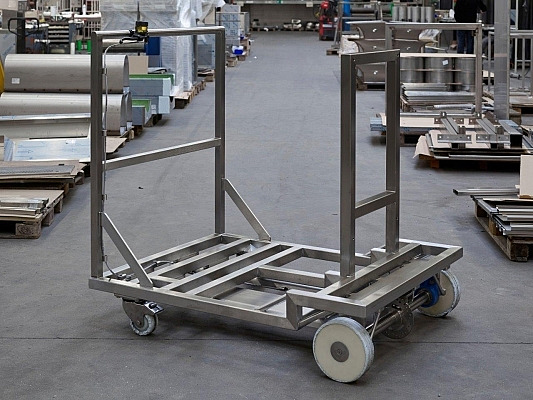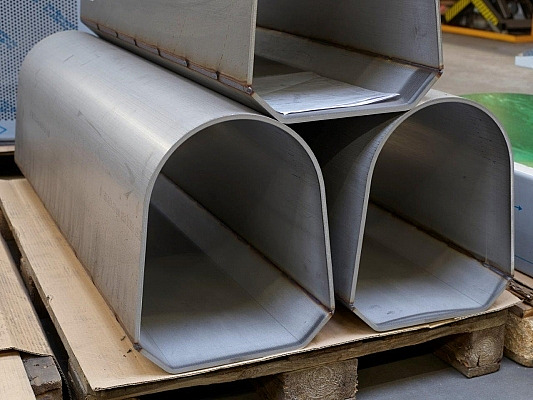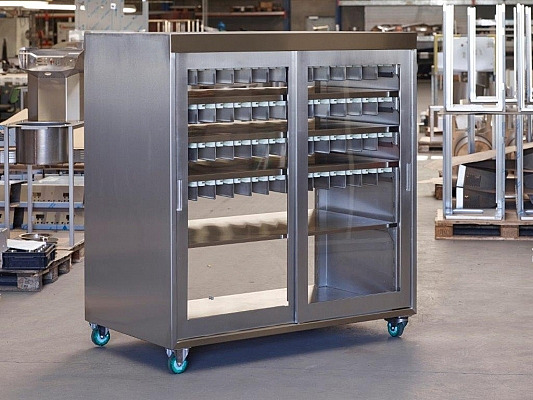Update on the (rising) price of materials
Since the beginning of 2021, material prices have suddenly started to shoot up, which has taken the market by surprise, as everyone expected challenging economic times and prices that would be under pressure.
The prices of steel, stainless steel and aluminium have only been on an upward trend since then, and we haven’t seen the end of these price increases yet.
The reason for the price increases is a combination of factors that seem to reinforce each other. Of course, many things are correlated. Here’s an overview:
- huge investments and recovery plans on a global scale increase the demand for all metals and trigger a mismatch between supply and demand in general
- a still disrupted supply of materials due to sea transport with very costly shipments from Asia
- mines and factories that have been shut down by the pandemic
- producers who expected demand to drop because of Covid-19, so they decided to produce less
- a number of large production sites that have been downsized and/or closed down
- specific to stainless steel: the high nickel prices, which used to be the biggest predictor of price fluctuations. This still has a limited impact, but no more than that. The share of steel, an important element in stainless steel, has never played a role in the past, but with the expensive steel prices, the price of stainless steel has, of course, also risen accordingly
- changes in quotas, import taxes and subsidies at a global level. In the past, exports were heavily subsidised by Asia/China, but this is no longer the case, and there are still fairly strict quotas for the import of Asian materials, which are simply exhausted for a large part of the year
- longer delivery terms, which further pushes up demand because companies suddenly have to be more pro-active and stock up earlier. You currently have to wait weeks/months for some materials, whereas you used to have the materials within a few days; promised/confirmed orders;
- traders who have recently seen their stocks plummet and who prefer not to sell for that reason, i.e. offer their goods at inflated prices. Moreover, a number of traders probably simply bought fewer materials at the start of the price increases, based on the opinion of various traders at the beginning of the year who argued that the question is not if prices will go down but when and who told me that they did not want to buy too much material at these expensive prices only to sell again at a loss;
- general scarcity on the world market, supply and demand;
- ...
Prices are skyrocketing and are prohibitively high, materials are scarce and delivery times remain long. Some traders only sell what they actually have in stock; others sell on entry, and delivery times such as October/November/December are certainly no exception.
On the whole, we can state that the prices of sheet material have risen by the following factor compared with the beginning of this year:
- stainless steel 304 and 316: almost doubled (+/- +80%)
- aluminium: almost doubled (+/- +90%)
- steel sheet: more than doubled (+/- +150%)
- pre-galvanized sheet: more or less tripled.
Our customers sometimes struggle with price increases. So do we.
Whatever the case may be, we have to face the music - and it is better to work with inflated prices than have no materials at all.
Needless to say, price increases do not only affect metals. The price of wood, insulation, computer chips, plastics, etc. has also gone up.
But the question that has been on everyone’s lips for months is: Where is this going to end? Will the market stabilise or will our sector simply run out of material within the foreseeable future?
Karine De Bie



